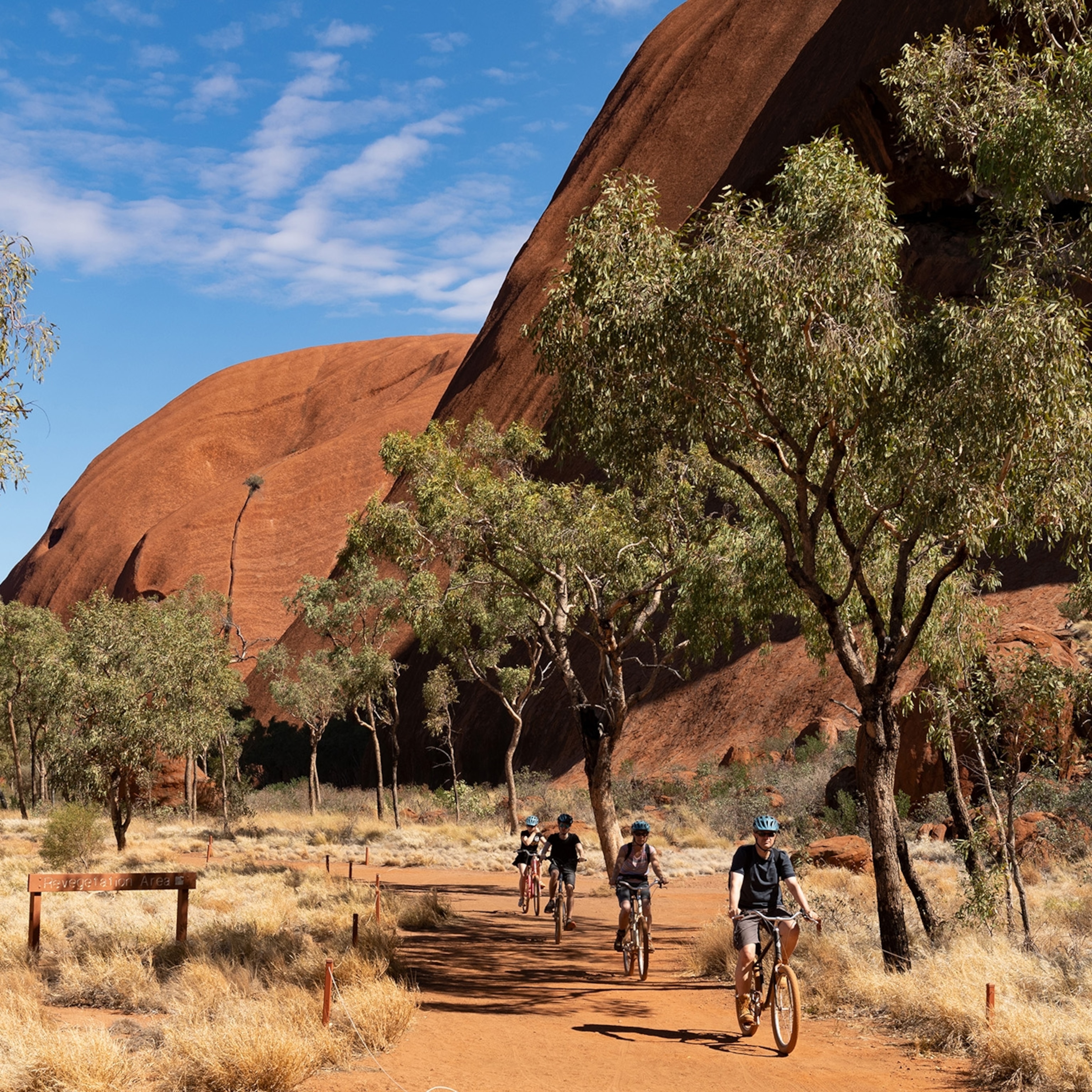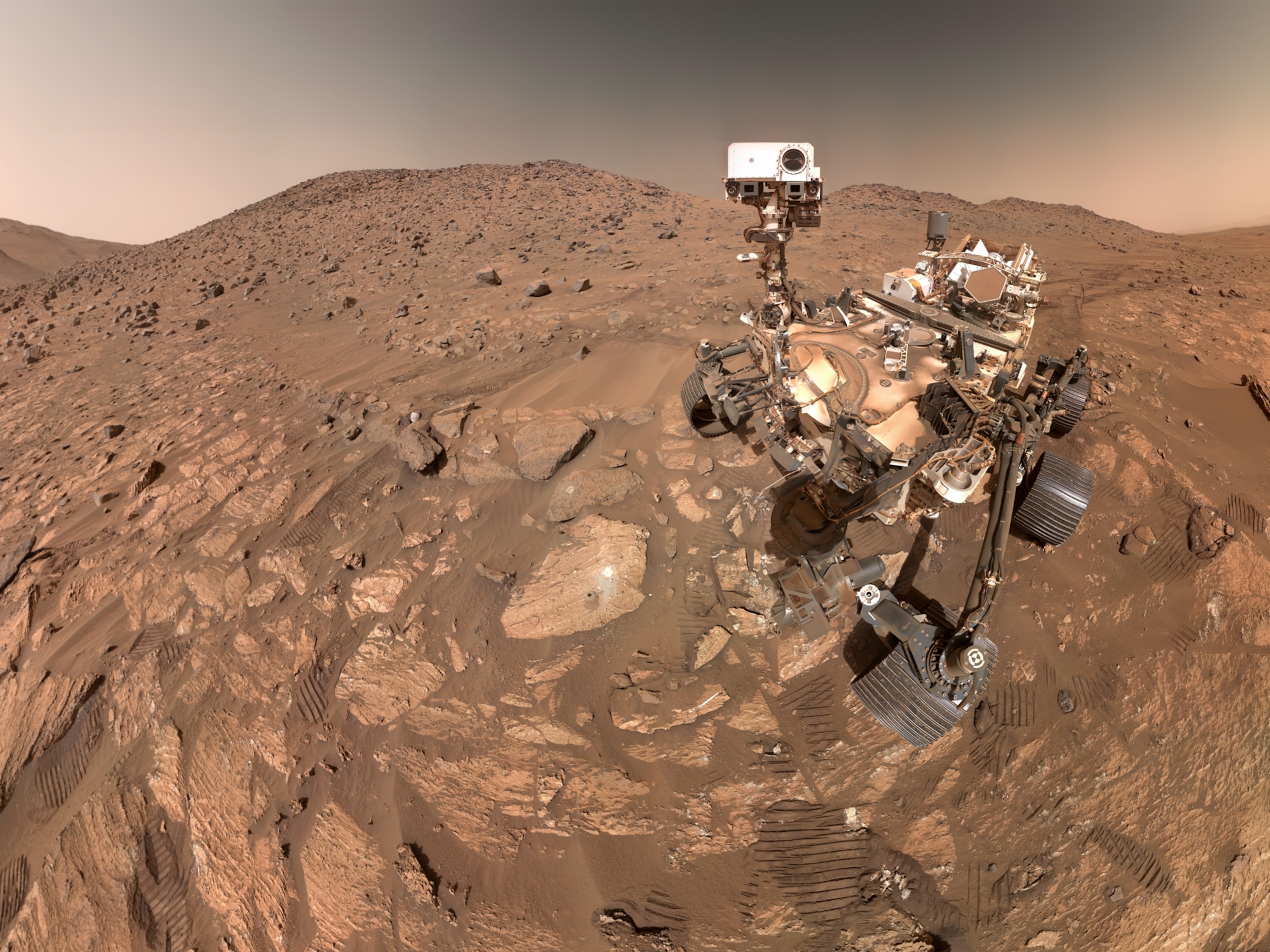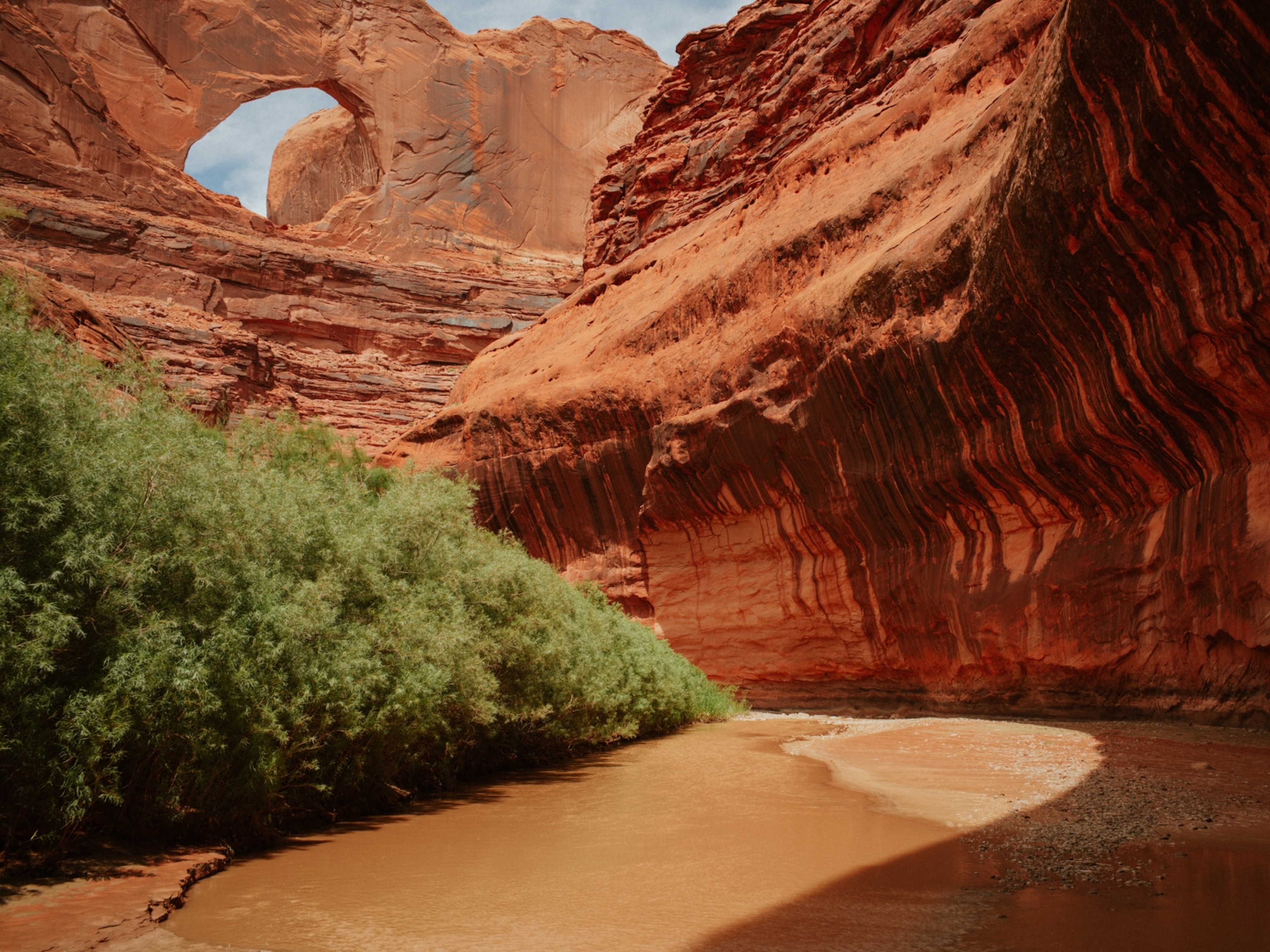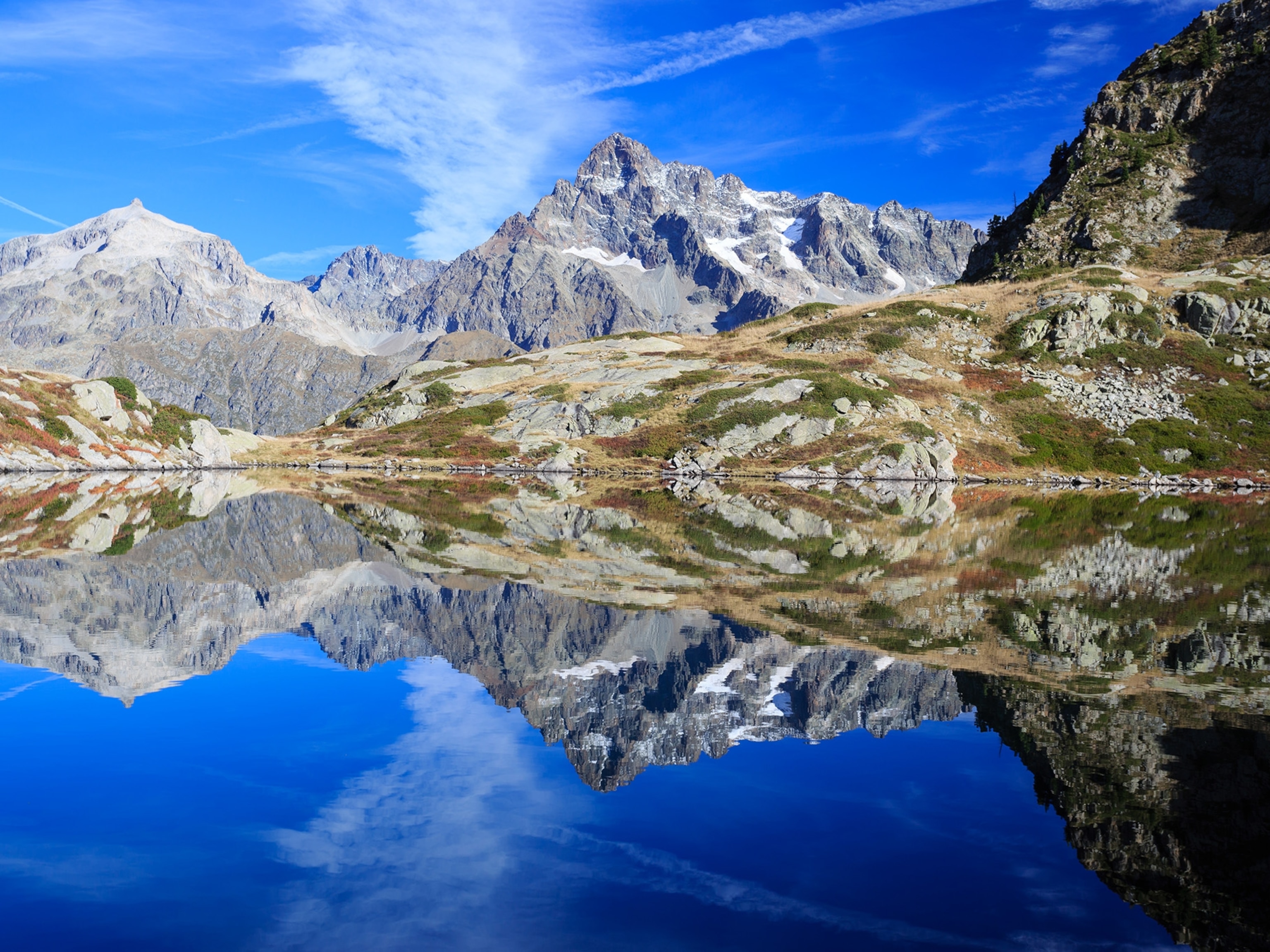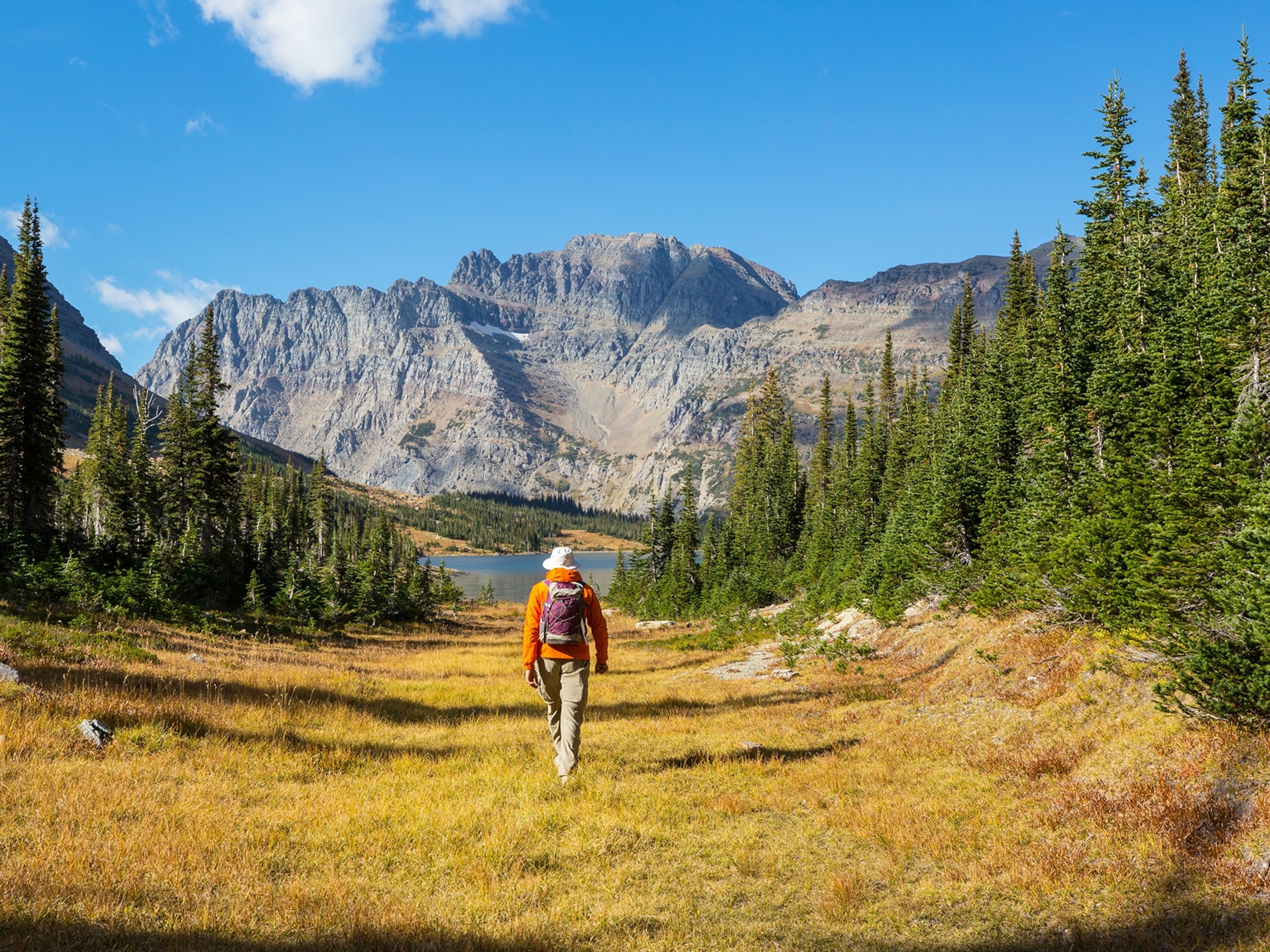
Discover the sound that could preserve Utah’s arches
Rock music takes on a new meaning with the hums and rumbles sounding from the state’s national parks.
There is a serene—and deceptive—kind of quiet surrounding Bryce Canyon’s scarlet arches and hoodoos, but only because it’s hard to hear the rock music.
Rock formations, including the famed towers, fins, and arches of Utah’s Bryce Canyon, Arches, and Canyonlands national parks, emit a constant, unique vibrational resonant frequency. These are what Jeff Moore, a geoscientist at the University of Utah, calls their “songs.”
“I liken them to a voice,” Moore says. “It’s something that’s very real, and constantly around us, but human senses just aren’t tuned for that kind of frequency.”
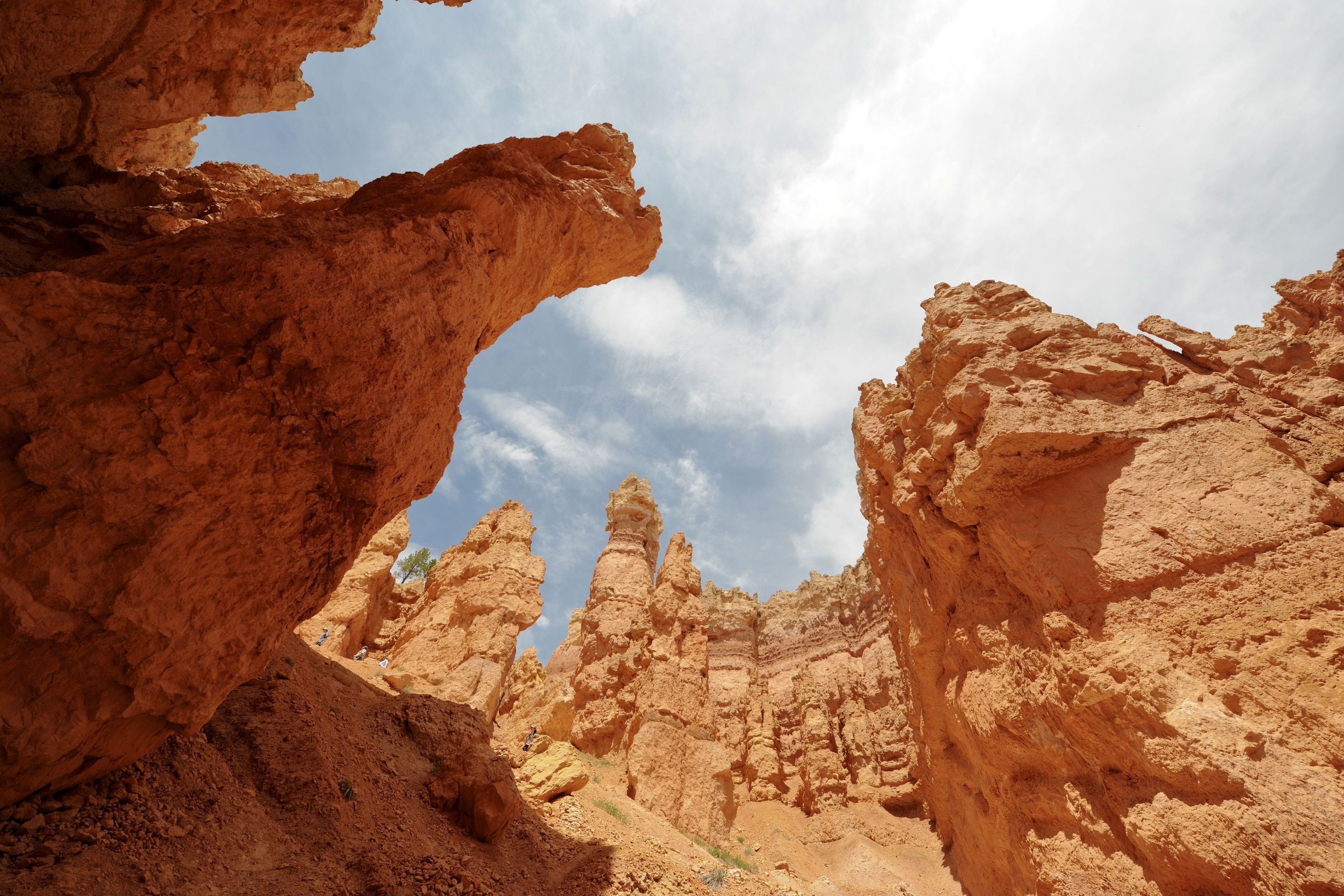
That is until Moore found a way to listen. “This is something we borrowed from engineering and transferred to geoscience,” he says. For decades, buildings in many cities have been monitored to track their structural health. Moore realized the same tools would work on rocks.
Since 2015, he has been using sensitive, carefully calibrated seismometers (about the size of a coffee mug) to record the vibrations. The recordings are full of eerie rumbles, hums, and whines, much like a whale song or a bassline played on a glass jug.
This rock music is more than a mere curiosity. Moore and his fellow researchers use the data recorded to predict the probability and timeline of a formation’s impending collapse.
“An arch or a tower, it has a life cycle,” Moore says. “Arches have a moment of birth, and then they erode out over tens of thousands of years, and eventually they die—they collapse. This happens in a geologic time scale that’s not easy for humans to appreciate.”
(Plan an acoustic journey to the planet’s most melodious spaces.)
Moreover, data on rock songs indicates that people could be having an outsize impact on those life cycles. Human activity is making the rocks shake harder, altering their frequencies. This can cause fractures to expand much faster, upping the likelihood of when they’ll come tumbling down.
Measuring human impact
Understanding the human impact on rock degradation is more urgent than ever as national park visitation and accompanying noise hit record levels. Arches, Canyonlands, and Bryce Canyon national parks—thanks to their surreal tableaus of arches, alcoves, hoodoos, and epic canyons—see more than 5 million visitors a year. But the rocks travelers hike past and clamber up aren’t immutable. They respond to human actions, and, unchecked, those actions could spell their demise.
Moore points to Rainbow Arch, a small formation that sat above the visitor’s center at Arches National Park. Sometime in the winter of 2017, it collapsed. Rainbow Arch was located approximately 150 yards from a highway. Just beyond that is a railroad track, used by Union Pacific since 2009 to transfer uranium tailings from the banks of the Colorado River to permanent storage.
“Our question,” says Riley Finnegan, a geology doctoral candidate at the University of Utah, “is had that highway and railroad not been built there, would this arch still be standing?”
Finnegan’s data suggests a link between the construction of artificial structures and the crumbling of natural ones. Without the added vibration of a highway and railroad, the cracks in Rainbow Arch would likely have spread much more slowly, she says.
Some formations are more susceptible than others, partly because of the pitch of their songs. Finnegan uses the analogy of pushing a person on a swing. “If you push at the same frequency, the swing will go higher and higher.” It’s the same principle that makes it possible to shatter glass with a high note matching the natural frequency of glass. Match the frequency of a specific rock, and its vibrations increase.

In Bryce Canyon, on the highly trafficked Navajo Loop Trail, is a small pair of arches called Two Bridge. “It has a fundamental frequency of 13 hertz,” Moore explains. That’s the same as the two-bladed helicopters that have become increasingly popular for sightseeing tours over Bryce Canyon. More than 500 flights a year have taken place since 2017.
“Every time a helicopter passes over, Two Bridge resonates and shakes a little harder,” says Moore. “One pass won’t shake it down, but over 10 years?”
(Discover the planet’s last few ‘naturally quiet’ places.)
In the last few decades, a number of Utah’s iconic formations have toppled. In Bryce Canyon, a chunk of a hoodoo known as Turtle broke off in 2015; another, the Sentinel, collapsed entirely in 2016. In Arches National Park, visitors watched as Landscape Arch lost a 60-foot-long slab in 1991. The 71-foot-tall Wall Arch cracked and crumbled as people slept in the Devil’s Garden campground below in 2008.
It’s reasonable to assume the rocks fell because of natural erosion and freezing and thawing cycles that constantly reshape the desert landscape. What’s less clear is whether the activities of people sped the process up.
Plans for preservation
The National Park Service is currently working with the Federal Aviation Administration to develop management plans for the airspace over 24 parks, including Bryce Canyon, Arches, and Canyonlands. These plans could limit tourist flights by setting approved routes and a cap on the maximum number of annual trips allowed.
For now, the primary use of Moore’s data is to promote understanding. The rocks are “in many ways alive,” and our presence in their ecosystem has an impact, says Moore. The first step to keeping them upright is making sure we don’t inadvertently bring them down.
(Hiking a desert park? Here’s how to help preserve the landscape.)
Even though footsteps do cause the earth to vibrate, Moore says visitors aren’t endangering formations just by hiking past them. That said, it’s important to remain on marked, established trails to prevent damaging vulnerable soil or dislodging unstable rocks. Arches and hoodoos should be admired from the ground and never climbed, Moore adds. It’s probably a good idea to skip the helicopter ride.
“I think just knowing these are more than static pieces of rock gives people a deeper appreciation of them as beautiful things,” says Moore, “but also as fragile things that require care.”
Kate Morgan is a Pennsylvania-based journalist whose work on science, travel, food, and more has appeared in numerous publications.
This story has been updated to reflect new information.

